Gallery Network
7 Questions for Gallerist Wolfgang Häusler on His Decades of Collaborating With James Turrell
The gallery was recently involved in the construction of Turrell's permanent light installation at Helvetia Campus, Basel.
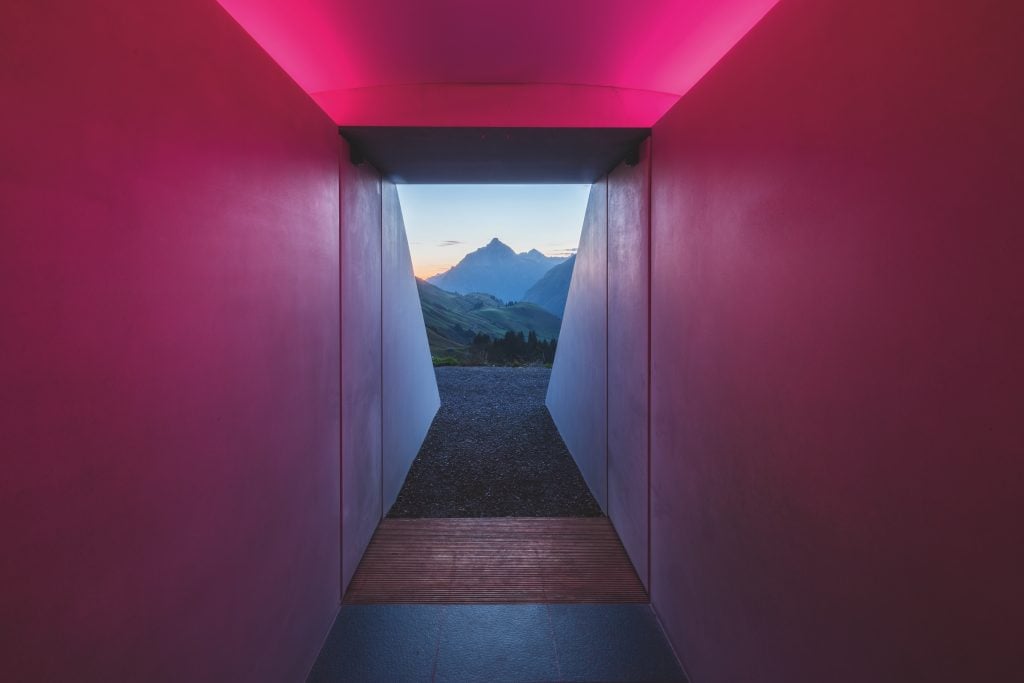
The gallery was recently involved in the construction of Turrell's permanent light installation at Helvetia Campus, Basel.

Artnet Gallery Network

Wolfgang Häusler has been collaborating with seminal Light and Space artist James Turrell for over 30 years, working with and facilitating some of his most ambitious and acclaimed projects. Häusler first established Häusler Contemporary in 1988 in Bregenz, Austria, alongside Dr. Christa Häusler, and following a relocation to Munich in 1992 (which still operates as a sales and project management office), the gallery moved its flagship location to Zurich. With decades of experience in the sphere of contemporary art, owning to Häusler’s singular relationship with the artist and the artist’s success, in 2023 Häusler Contemporary made the artist its primary focus.
Currently, the gallery is involved in a number of the artist’s commissioned projects—such as a permanent light installation at Helvetia Campus, Basel—and also maintains an extensive range of his work, including installations, sculptures, and graphic pieces. Additionally, Häusler Contemporary manages two collections that showcase the entirety of Turrell’s artistic practice and evolution.
In light of this remarkable working relationship, we reached out to Häusler to learn about how he first encountered Turrell and what he finds the most alluring part of his work—both personally and for the world.
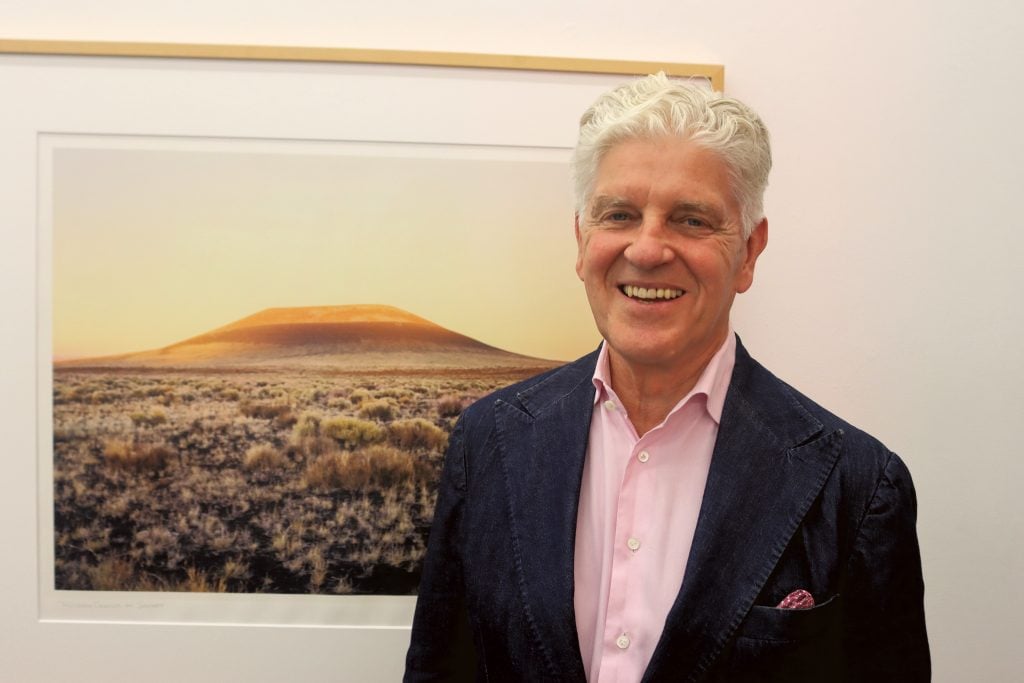
Wolfgang Häusler. Photo: D. Chardon. Courtesy of Häusler Contemporary, Zurich.
As you’ve been collaborating with James Turrell for over three decades, can you tell us a bit about how you first met Turrell or came across his work in the beginning?
I first met James Turrell at the beginning of the 1990s during an opera production in Paris. He had created the stage design for the opera To be Sung, in which the singers performed in shadowless light, an experience that left a powerful impression on me. The first collaboration came about in 1997 in preparation for his exhibition for the opening of the Kunsthaus Bregenz, designed by Peter Zumthor. At that time, I gained a deeper insight into Turrell’s working method; it was a fascinating experience, and I realized his work is assessable to all cultures.
On a personal level, what do you find most interesting or draws you to Turrell’s work?
James Turrell is an artistic personality, second to none. He is an artist and a scientist, and his works are meticulously calculated and documented, with detailed drawings and plans. James incorporates findings from physics, mathematics, and astronomy. It never ceases to amaze me how he perfectly realizes the details with artisans, engineers, and lighting designers while always remaining true to his vision. He has an immense power of imagination and works with great precision. Every Turrell work or one of his installations creates a sensual experience, a spatial illusion like in a theater, which only unfolds its full effect when physically experienced.
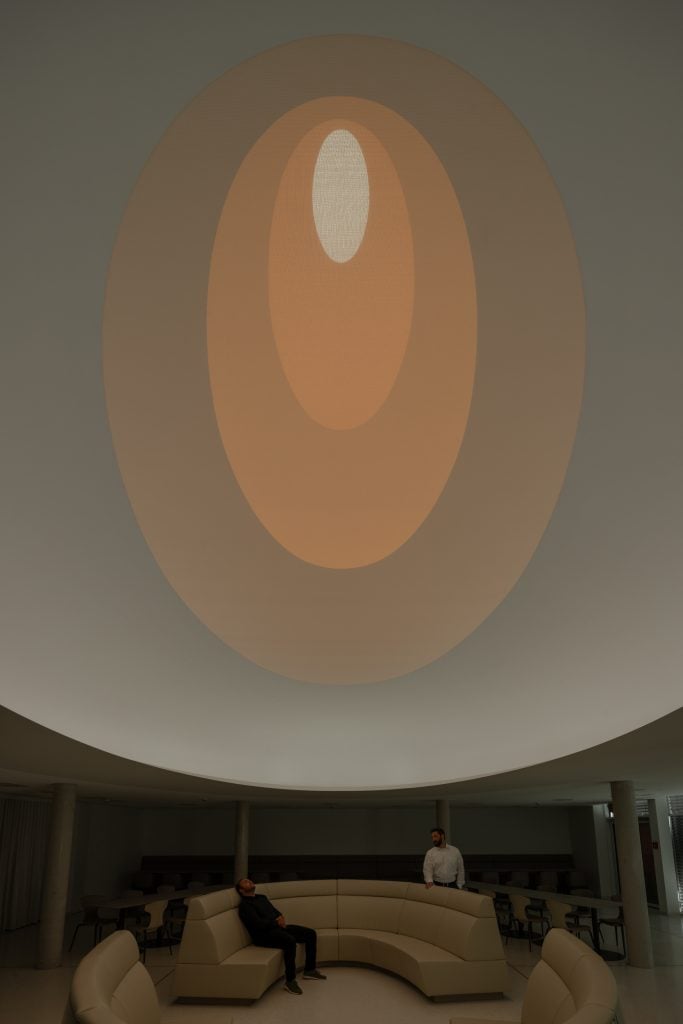
James Turrell, Thought as Light (2022). Installed at Klinikum Wahrendorff, Germany. Photo: Florian Holzherr. Courtesy of Häusler Contemporary, Zurich.
With so many decades in the industry and working with Turrell, have you observed any major changes or evolutions in interest or appreciation for his work?
Over the decades, James Turrell’s stature in the art world has not only been maintained but has grown significantly. His influence and the appreciation for his work have been enhanced by major exhibitions and notable events, such as his participation in the 2011 Venice Biennale. Moreover, substantial retrospectives at institutions like the Los Angeles County Museum of Art and the Solomon R. Guggenheim Museum in New York have further solidified his standing in the global art market.
This institutional presence has played a pivotal role in amplifying his global recognition in the art market. His works are included in major private and public collections, such as the Museum of Modern Art in New York and Tate Modern in London. The unique nature of each of his major works continues to draw interest and investment from collectors and institutions alike. Observing these developments, I am confident that interest in Turrell’s work will persist.
Though there are likely many, do you have one specific project that you are most proud of, or most memorable moment?
Among the many projects I’ve had the privilege to work on with Turrell, the one that stands out most memorably is our very first collaboration in 2003, commissioned by Munich Re. This project, titled The Inner Way, was not only a foundational moment in our partnership but also an adventure into the artistic possibilities of light as a medium.
In this project, we faced the challenge of visualizing Turrell’s concept for a 200-meter-long underground corridor. To help all stakeholders understand the intended effect, architects constructed a scale model of the corridor. This model effectively demonstrated the transformative power of light in space, offering a convincing and impactful spatial and color experience, even in a minimized form. This initial venture was a significant learning experience, allowing me to understand in depth how Turrell harnesses light to transform perceptions of space. It laid the groundwork for our future collaborations, which have since evolved to no longer necessitate models, thanks to the globally recognized examples of his work.
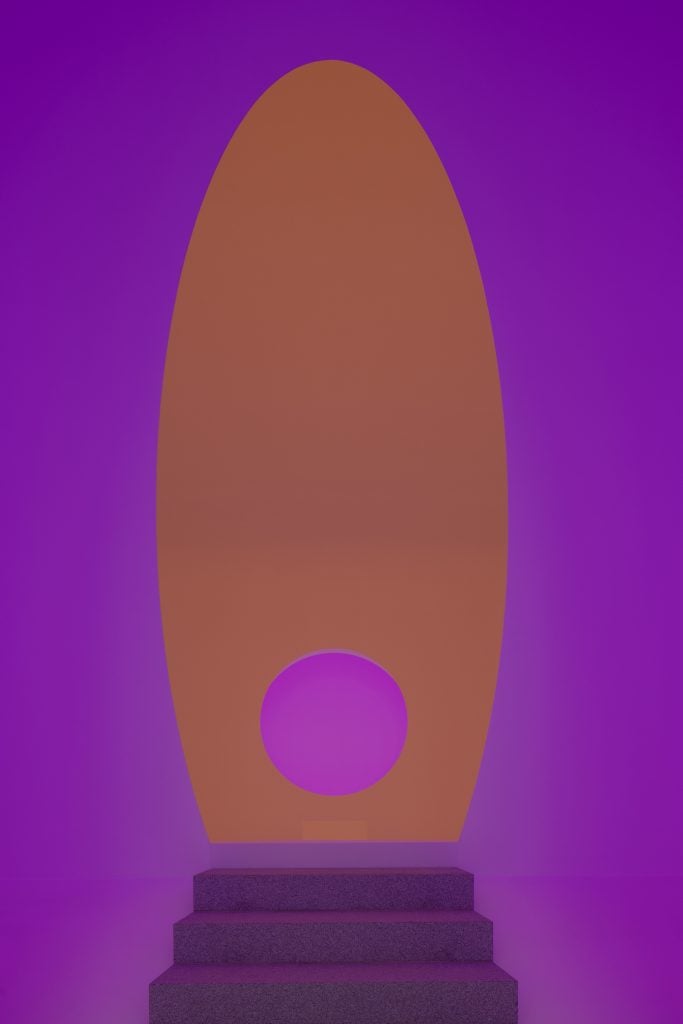
James Turrell, A CHAPEL FOR LUKE and his scribe Lucius the Cyrene (2022). Collection of Diözesanmuseum Freising, Germany. ©James Turrell. Photo: Florian Holzherr. Courtesy of Häusler Contemporary, Zurich.
As of last year, Häusler Contemporary has dedicated much of its focus exclusively to work with Turrell. What led to this decision?
Häusler Contemporary’s decision to focus primarily on Turrell’s work stems from a deep and evolving partnership that spans over three decades. This collaboration has included not only showcasing his art but also facilitating major projects that highlight Turrell’s unique interplay of light and space. Examples of these ambitious projects include the Skyspace in Lech, Austria; the Ganzfeld installation at the Diocesan Museum in Freising, Germany; and the Skylight at the Wahrendorff Clinic in Germany. Furthermore, recent commissions in Switzerland, like the installations at the Helvetia Insurance building in Basel and the Children’s Hospital in Zurich, underscore the continuing relevance and appeal of Turrell’s work.
The gallery’s increased specialization in Turrell’s oeuvre is a response to the artist’s dynamic range and the diversity of his artistic expressions, from the pioneering works of the early days to the sophisticated creations in the Tall and Elliptical Glass Series. By concentrating its efforts on Turrell, Häusler Contemporary aims to further enhance its expertise and offer more comprehensive support for his projects, ensuring that both new and long-time collectors have access to the best of his work. This strategic focus also reflects the strong market interest and artistic significance of Turrell’s contributions to contemporary art.
Can you tell us about the work currently on display in the gallery?
The gallery is featuring the innovative work of James Turrell, showcasing his latest piece, First Cause, a “Small Elliptical Glass.” This installation, true to Turrell’s signature style, offers a unique visual and sensory experience that seamlessly blends light with conventional architectural elements. Additionally, collectors can view Deep Waters from the “Tall Glass” series. This piece, first introduced in Europe by Häusler Contemporary in 2007 during the inauguration of their Zurich premises, continues to captivate audiences. Zurich holds a special place in Turrell’s career; it’s where he produced his first prints in 1984, including the seven-part portfolio “Deep Sky,” crafted with copperplate printer Peter Kneubühler. The ongoing exhibition reaffirms the gallery’s enduring partnership with Turrell, highlighting his deep ties to the city and his pioneering contributions to contemporary art.
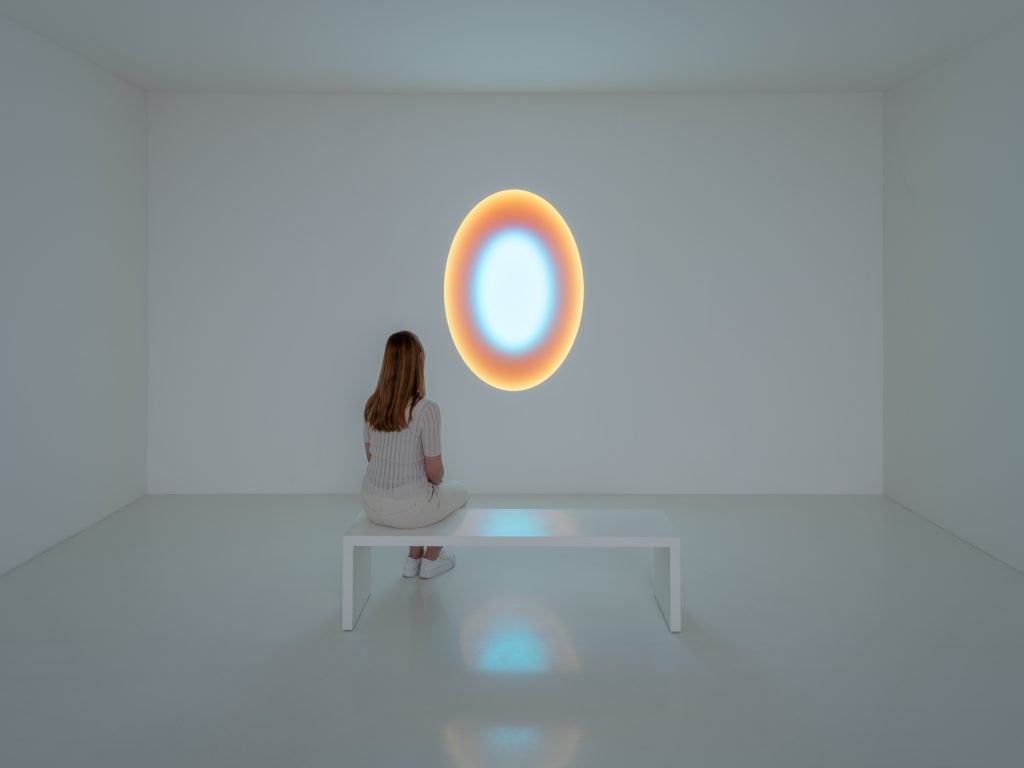
James Turrell, Small Elliptical Glass (2024). Photo: Florian Holzherr. Courtesy of Häusler Contemporary, Zurich.
Are there any forthcoming projects that you can share with us?
There are certainly some projects in the pipeline. I can tell you that a phenomenal project in the north of Germany has just been approved and will soon enter the next phase where architects, lighting designers and artisans will sit together and coordinate the interfaces. I am very excited about the final installation of it! Through our website and newsletter, we keep our collectors and interested parties informed about the status.